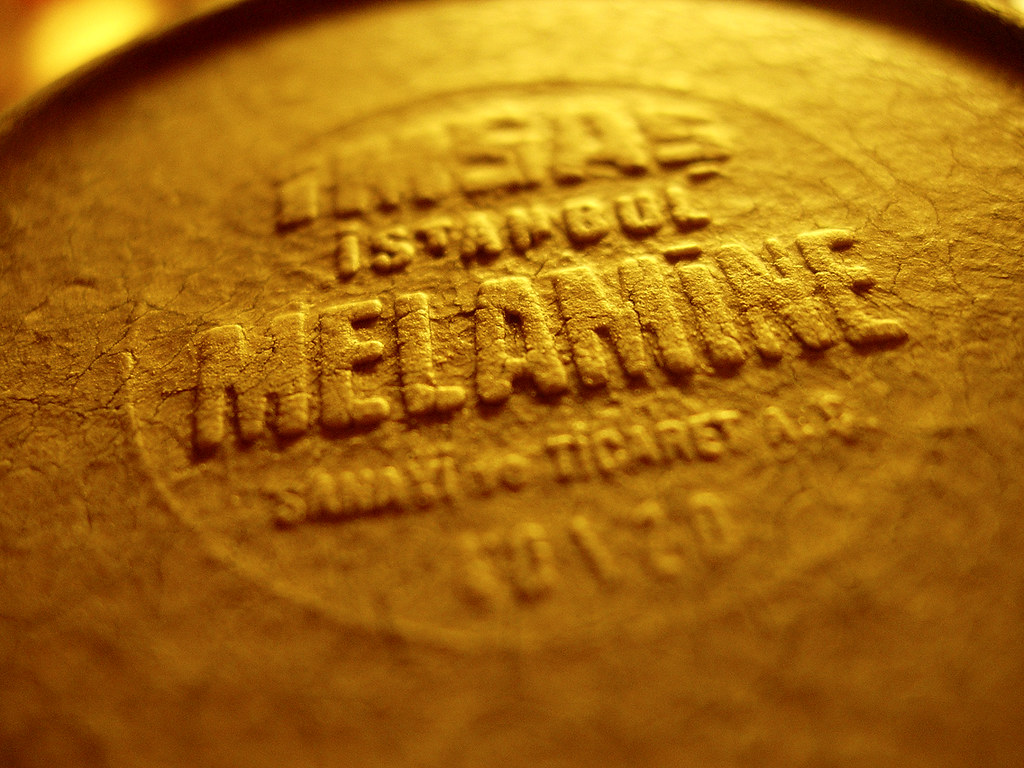
The recently passed Inflation Reduction Act includes significant support for carbon capture technologies. Eliminating fossil fuel burning is essential for halting climate change, but in the interim, methods for capturing emissions of carbon dioxide and either storing it or turning it into usable products are increasingly necessary.
There are a variety of techniques being developed for carbon capture but at this point, none of them are commercially viable. The best technique in use today involves piping flue gases through chemicals called liquid amines, which bind CO2. The process requires large amounts of energy to release the bound carbon dioxide so it can be concentrated and stored. As a result, it is complicated and expensive.
Researchers at UC Berkeley, Stanford, and Texas A&M University have developed a carbon capture method using melamine, which is an inexpensive polymer used to make Formica, as well as low-cost dinnerware, industrial coatings, and other plastics. Porous melamine itself adsorbs CO2 to a limited extent. But the researchers discovered that adsorption could be much improved by adding the chemical DETA (diethylenetriamine) to bind the CO2. In addition, adding cyanuric acid increased the melamine pore size and radically improved CO2 capture efficiency even more.
The result is a material that is more efficient even than exotic carbon capture materials like metalorganic frameworks and is much cheaper and easier to make. The researchers aim to design equipment that can used in industrial facilities, attached to buildings and other structures, or even to the tailpipes of gas-powered vehicles.
**********
Web Links
A simple, cheap material for carbon capture, perhaps from tailpipes
Photo, posted June 10, 2006, courtesy of Flickr.
Earth Wise is a production of WAMC Northeast Public Radio.
Leave a Reply